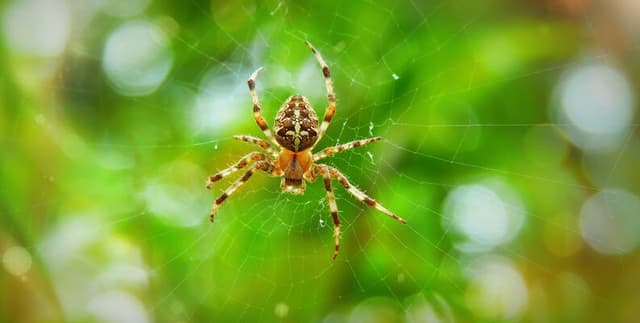World Spider Taxonomy Index
Synthetic Biology & Genetic Engineering
Tags and Keywords
Trusted By




"No reviews yet"
Free
About
Provides the taxonomical names and details for various species of spiders. The information includes scientific classifications, discovery dates, and geographic distribution. The primary goal of this product is to share detailed data concerning currently valid species of spiders globally, making it a valuable resource for biological study and classification efforts.
Columns
The product contains ten columns detailing specific biological and historical attributes:
- speciesId: An integer serving as a unique identifier for each row.
- species_lsid: A unique identifier that can be used to locate additional information about the species online.
- family: Identifies the scientific family to which the species belongs, with Salticidae being a common example.
- genus: The taxonomic rank situated below family and above species (e.g., Theridion).
- species: The specific name assigned to the spider.
- subspecies: The name of the subspecies; note that this field has a very high rate of missing data.
- author: The name of the individual credited with discovering the species (e.g., Simon).
- year: The year in which the species was documented.
- parentheses: A binary indicator (0 or 1) used when zoologists disagree on the status of a population as a subspecies or a full species.
- distribution: Specifies the country or region where the species of spider is known to be found, listing regions such as China and Brazil frequently.
Distribution
The data is presented in a tabular structure, typically in CSV format, available as
species_export_20211111.csv, which is approximately 5.31 MB in size. The product consists of 10 columns and features nearly 50,000 unique and valid records. Updates to this data product are expected on a monthly basis.Usage
This data is suitable for projects requiring large-scale biological classification. Ideal applications include data visualization exercises focusing on species distribution, statistical analysis of taxonomic naming trends over time, and use in beginner-level data science projects exploring tabular biological information. It is foundational for research into spider species validity and lineage tracking.
Coverage
The data covers discoveries ranging from the year 1757 up to 2021, providing an extensive historical timeline of arachnid documentation. Geographically, it covers worldwide distribution, offering specific location data across thousands of regions, with high counts recorded for countries such as China and Brazil. While most fields are fully populated, subspecies information is nearly 99% missing.
License
CC BY-NC-SA 4.0
Who Can Use It
- Researchers and Biologists: For validating taxonomic names and studying evolutionary relationships within spider families.
- Educators and Students: For educational purposes, especially in fields like biology and taxonomy, and for learning data wrangling skills.
- Data Analysts: For geographical data mapping and analysing patterns in historical species discovery rates.
Dataset Name Suggestions
- World Spider Taxonomy Index
- Global Arachnid Species Data
- Spider Classification Catalogue
Attributes
Original Data Source: World Spider Taxonomy Index
Loading...
Free
Download Dataset in CSV Format
Recommended Datasets
Loading recommendations...
